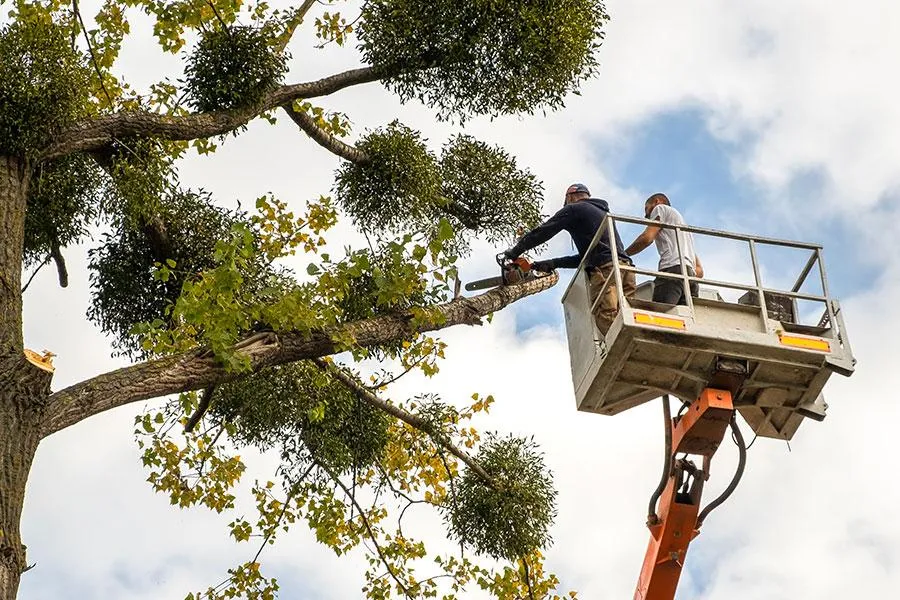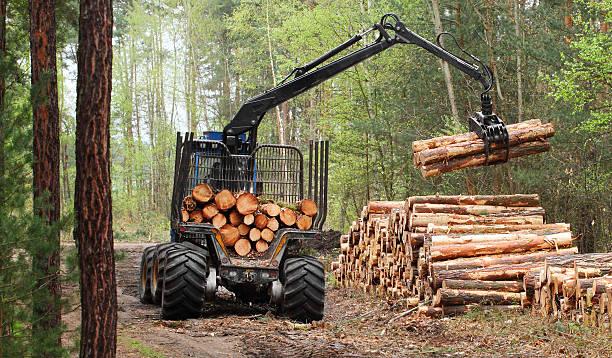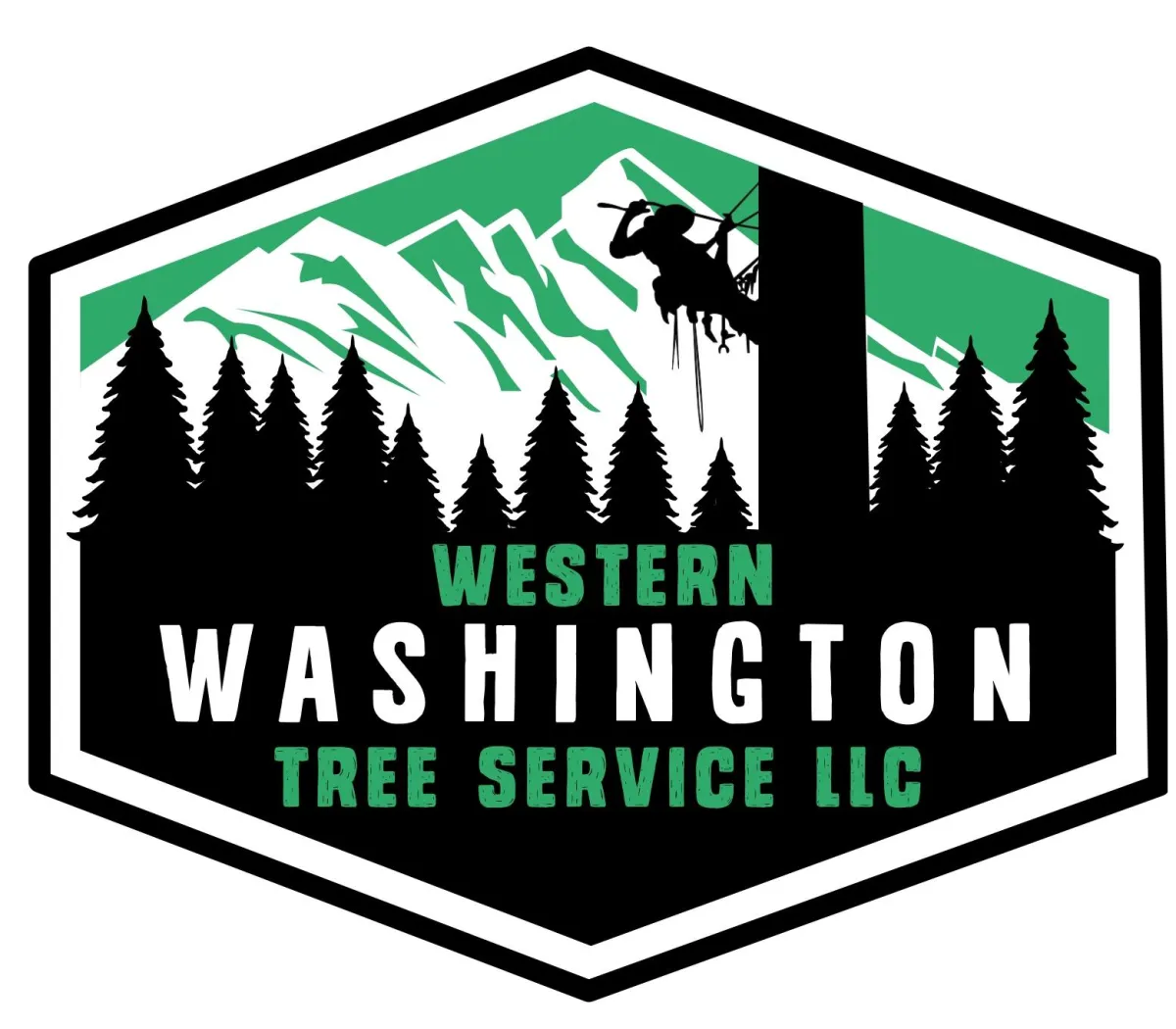
Emergency Tree Care in Woodinville, WA & Surrounding Areas
Emergency tree care in Woodinville, WA, and neighboring communities—including Maltby, Snohomish, Redmond, Bellevue, Sammamish, Kirkland, Issaquah, Mercer Island, and North Bend—is essential to protect homes, properties, and landscapes from sudden storm damage, disease outbreaks, or hazardous tree failures. Certified arborists provide urgent response, hazard assessments, and safe removal solutions to restore safety and preserve property value across these communities.
Why Is Emergency Tree Care Important in Woodinville and Nearby Towns?
Emergency tree care is crucial because it addresses urgent hazards such as fallen limbs, storm damage, or trees leaning dangerously close to power lines or homes. In Woodinville, Maltby, Snohomish, and Redmond, timely intervention prevents injuries, reduces the risk of property damage, and helps communities remain safe during the frequent high winds and heavy rainfall of the Pacific Northwest.
What Are the Common Causes of Emergency Tree Services in Woodinville?
Emergency tree services are often required after severe storms break or uproot trees, leaving dangerous debris behind. In other cases, trees that are diseased or decayed may collapse without warning, creating immediate hazards for nearby structures. Roots weakened by poor soil conditions or drainage issues can also compromise stability, while large branches may obstruct driveways, sidewalks, or neighborhood roads, disrupting daily life in Bellevue, Sammamish, Kirkland, and Issaquah.
How Do Certified Arborists Respond to Emergency Tree Situations?
Certified arborists serving Woodinville, Mercer Island, and North Bend begin by conducting a rapid hazard assessment to determine whether a tree is safe to preserve or must be removed. With the aid of aerial lifts, protective equipment, and controlled cutting techniques, they quickly secure or remove unstable trees. This professional approach minimizes disruption and restores safety to homes and landscapes.
What Safety Measures Are Followed During Emergency Tree Work?
Safety is the top priority during emergency tree care. Crews establish exclusion zones to keep homeowners and neighbors at a safe distance while work is being performed. Workers wear personal protective equipment throughout the job, and when dealing with large or unstable trees, specialized rigging systems and cranes are used to guide controlled removals. Once the work is complete, arborists conduct a thorough final inspection to ensure the property is safe and free from hidden risks.
How Does Emergency Tree Removal Differ From Standard Services?
Unlike standard trimming or scheduled maintenance, emergency tree removal requires immediate response, often within hours of a call. In Woodinville and surrounding towns, crews arrive quickly with chainsaws, chippers, and heavy equipment to clear dangerous debris or remove unstable trees. The urgency of these situations demands speed and precision, as the primary goal is to restore safety while minimizing further damage to property.
Do You Need a Permit for Emergency Tree Removal in Woodinville?
In urgent situations, the permitting process may be waived or expedited, especially when a tree poses an immediate threat to people or property. However, in places such as Snohomish, Redmond, or Bellevue, larger removals or heritage trees may still require documentation through local planning departments. Certified arborists are familiar with these regulations and can guide homeowners through compliance even during an emergency.
What Additional Emergency Services Are Available?
Beyond immediate tree removal, emergency services often include stump grinding to eliminate trip hazards and restore usable yard space. Arborists may also provide temporary bracing for partially damaged trees, preventing further breakage during future storms. Storm cleanup services ensure that fallen branches and debris are cleared efficiently, while detailed tree health evaluations help homeowners prevent similar emergencies in the future. These complementary solutions are available across Kirkland, Issaquah, Mercer Island, and North Bend.
How Can You Choose the Right Emergency Tree Care Provider in Woodinville?
Choosing the right company involves careful consideration of qualifications and reliability. Homeowners should prioritize ISA-certified arborists with proven experience handling emergency situations. Availability is equally important, as true emergency care requires 24/7 response. Providers should carry full liability and workers’ compensation insurance to protect both clients and workers. Local reviews and testimonials from homeowners in Woodinville and surrounding towns can further confirm a provider’s reputation for safe and efficient service.
How Can Emergency Tree Care Help Protect Property Value?
Quick response to tree emergencies not only restores immediate safety but also protects long-term property value. Removing hazardous or storm-damaged trees prevents costly structural damage and preserves curb appeal. In neighborhoods across Bellevue, Sammamish, and Kirkland, homes with well-maintained landscapes stand out positively to buyers, making emergency tree care both a safety measure and a financial investment.
What Should Homeowners Do After an Emergency Tree Service Is Completed?
Once emergency tree work is finished, homeowners should schedule a follow-up inspection to assess the health of nearby trees and identify potential risks. Replanting or landscape restoration may also be considered to replace lost greenery and maintain property aesthetics. Many homeowners in Issaquah, Mercer Island, and North Bend choose to work with arborists long-term, ensuring ongoing monitoring, seasonal trimming, and preventative treatments that reduce the likelihood of future emergencies.
Final Thoughts
Emergency tree care in Woodinville, WA, and neighboring towns—Maltby, Snohomish, Redmond, Bellevue, Sammamish, Kirkland, Issaquah, Mercer Island, and North Bend—protects both families and properties from sudden tree hazards. With the expertise of certified arborists, homeowners can rely on fast, safe, and professional solutions that restore peace of mind and preserve the health and beauty of their landscapes.

How quickly can an emergency tree care team respond in Woodinville and nearby towns?
Teams provide 24/7 response and can usually arrive within a few hours to secure or remove hazardous trees.
Will my homeowner’s insurance cover emergency tree removal?
Insurance often covers removal if trees fall due to storms or accidents and cause property damage; check your policy for details.
Can damaged trees be saved instead of removed?
Partially damaged trees may be stabilized with cabling, bracing, or pruning if the structure is still sound.
What happens to tree debris after emergency removal?
Crews typically haul away, chip, or recycle debris, and may leave wood chips for mulch or firewood.
How can I prevent future tree emergencies on my property?
Regular inspections, pruning, and monitoring tree health reduce the risk of storm damage or sudden hazards.
